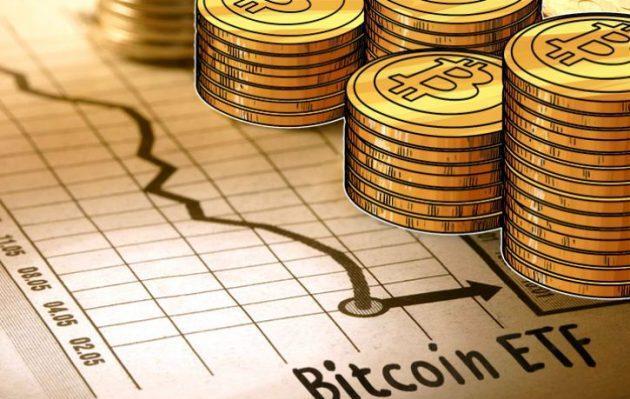Her Eleftherias Kourtali
The relative attractiveness of emerging market shares relative to bonds is compared by JP Morgan to conclude which stock markets in the region have the largest investment opportunities, ie looking at earnings return (EY) – in other words, earnings per share at current price of the share on the board, in relation to the bond yield (BY). As he concludes, the Greek shares are placed in the most attractive of the region.
This approach is useful as he points out, as: (1) earnings return is the inverse of P / E, ie it is the E / P ratio and incorporates estimates of earnings growth per share EPS, (2) bond yields is the opportunity cost to invest through bond yields, and (3) the dividend yield and bond yield is essentially the tacit share premium, which if set in historical context can be useful to show whether the reward for risk taking is appropriate.
According to JP Moran’s analysis, the current dividend-yield gap in emerging markets averages 2.7%, indicating:
(1) absolute positive difference in favor of shares. It is reasonable to expect that earnings returns will be higher than bond yields to adequately reward investors for equity risk premium.
(2) emerging market shares are traded according to the historical level of earnings and bond yields. Investors have historically demanded a 2.8% higher return on equities than bonds.
As JP Morgan points out, most markets in the region have an attractive current return on earnings-to-bond yields, which means that the attractiveness of their shares is clear. The US bank is also looking at the relationship between the two returns against historical averages, as each emerging market has domestic dynamics that could significantly change the usual equity risk premium.
Thus, as it turns out, Greece, China, Taiwan, Malaysia, Hungary, Turkey and Egypt show yield differences between profits and bonds greater than the average of emerging markets, as well as their own historical average .
In contrast, 10 countries, including India, Indonesia, South Africa, Saudi Arabia and Mexico, lag behind in both measurements.
For Greece in particular, JP Morgan notes that the estimated 12-month P / E stands at 10x, the current earnings yield at 10% and the current 10-year bond yield at 2.7%.
Thus, the current difference between these two yields is 7.3%, compared to the Greek average which is placed at 1.3% and compared to 2.7% which is this difference in emerging markets in general.
In fact, the gap between this current “index” in relation to history, is 6% and is the highest in all emerging markets. Greece is followed by the markets of Egypt (5% gap compared to the historical average), Turkey (4%) and Hungary (3%).
According to JP Morgan’s calculations, this indicates that the growth margin of Greek shares is 146%, which is the largest in the whole emerging market environment, compared to 41% for Egyptian shares, 27% for Turkish shares and 25%. % for Hungarian shares.
Source: Capital
I am Sophia william, author of World Stock Market. I have a degree in journalism from the University of Missouri and I have worked as a reporter for several news websites. I have a passion for writing and informing people about the latest news and events happening in the world. I strive to be accurate and unbiased in my reporting, and I hope to provide readers with valuable information that they can use to make informed decisions.







